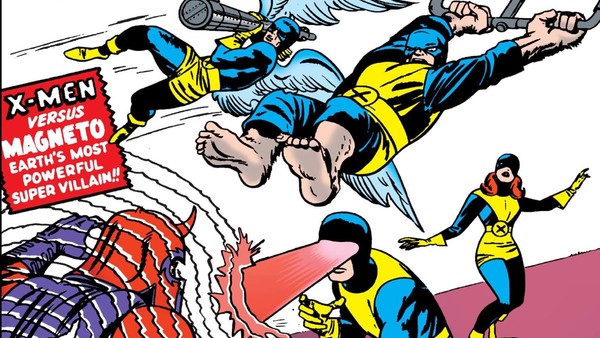8 Amazing Ways Stan Lee Changed Comics Forever
7. Reflecting The World Outside Our Window

Prior to the creation of characters like Spider-Man, the X-Men and Iron Man, comic books weren't overly fond of rooting themselves in reality. The Second World War had of course seen the likes of Captain America, Superman and Batman rally the troops by fighting the Axis in their own comics, but typically (and especially so, in DC's case), comics were a place for escape - they told stories of men who could leap tall buildings in single bounds, and crazed clownish killers fending off against a man who chose the avatar of a bat to instil fear in his enemies.
All of these creations were by no means insignificant, but there came a point where Marvel divested from that approach, and it came during Lee's tenure at the company. A new mantra was adopted; now, stories wouldn't just entertain, they'd "reflect the world outside your window" - an approach that was exemplified with the introduction of characters like Peter Parker, Tony Stark, and a group known as the Uncanny X-Men.
Peter Parker wasn't a man from beyond the stars, or a billionaire who found solace in bat-infested caves - he was a young teenager struggling to survive; likewise, Tony Stark was a character born straight from the Cold War zeitgeist - a hero moulded from the military industrial complex - and the mutants from Marvel's X-Men where an allegory for the Civil Rights Movement, with Professor X an MLK-esque figure, and his counterpart Magneto embodying the more radical tendencies of Malcolm X.
This approach would inform all of Marvel's stories going forward - DC's too come the 1970s - and Lee was at the front of all of it.